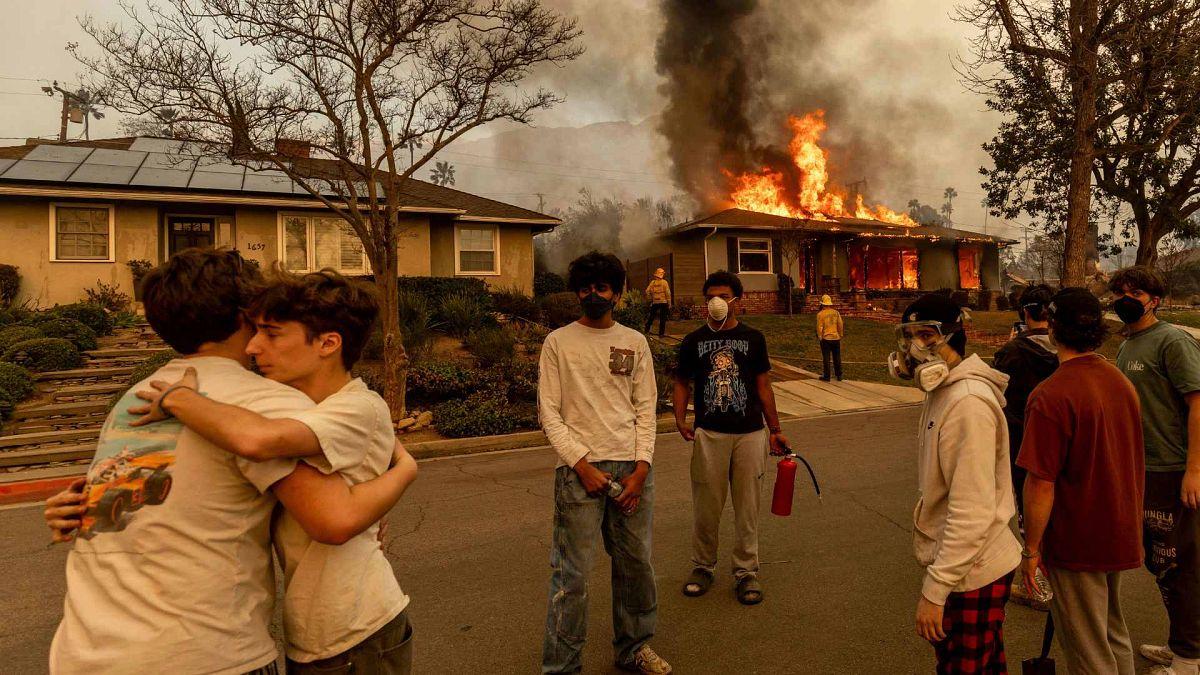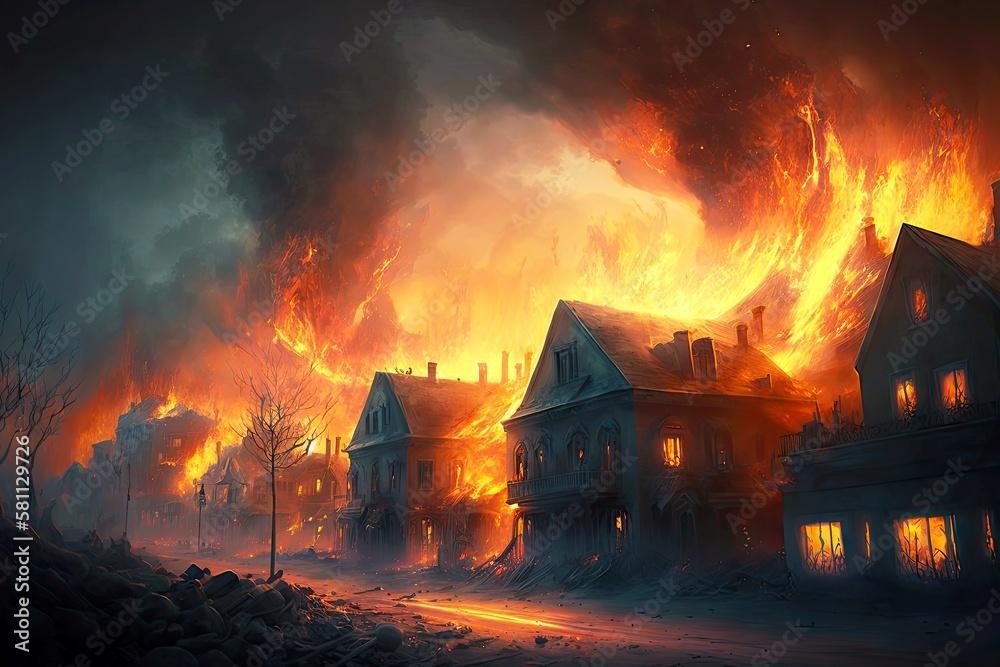In the scorching aftermath of nature’s fury, where embers dance and landscapes crumble, homeowners face more than just the physical devastation of a wildfire. Behind the blackened ruins and ashen memories lies a labyrinth of financial complexities that can leave survivors feeling trapped between loss and obligation. When flames devour everything you’ve built, the burning questions extend far beyond the charred remains: What becomes of the mortgage still tethered to a property that no longer exists? How do property taxes intersect with this landscape of destruction? This exploration delves into the often-overlooked financial aftermath of wildfire devastation, illuminating the path through bureaucratic shadows and insurance mazes that confront those who have lost their homes to nature’s most unpredictable and unforgiving force. Facing the devastating aftermath of a wildfire that consumes your home can plunge you into a complex financial and emotional nightmare. The immediate shock of property loss intertwines with lingering financial obligations that don’t simply disappear with the flames.
Mortgage lenders don’t magically forgive your loan just because your physical property has been destroyed. You’re still legally responsible for continuing mortgage payments, even when your home is reduced to ashes. Surprisingly, your mortgage contract remains binding, regardless of the property’s condition.
Insurance becomes your primary lifeline in these scenarios. Most homeowners insurance policies include provisions for total loss, which can cover the remaining mortgage balance. This means the insurance payout can potentially clear your existing mortgage debt, providing a critical financial reset.
Property taxes present another intricate layer. Local jurisdictions handle wildfire-related property assessments differently. Some counties may adjust property tax assessments immediately after documented destruction, while others might require formal applications for reassessment. Homeowners must proactively communicate with local tax assessors to ensure accurate billing.
Many mortgage servicers offer temporary forbearance programs for disaster-impacted homeowners. These programs can pause payments, provide payment modifications, or create more flexible repayment structures. Federal agencies like FEMA and specific state programs might also offer additional financial assistance and mortgage relief.
Documentation becomes crucial in navigating this complex landscape. Detailed insurance claims, fire department reports, and comprehensive property damage assessments can significantly streamline financial recovery processes. Maintaining meticulous records helps negotiate with lenders, insurers, and tax authorities.
Some homeowners discover their mortgage includes specific disaster clauses that provide unique protections. These contractual provisions might offer more lenient terms during catastrophic events, potentially reducing financial strain during recovery periods.
State-level regulations can also dramatically impact post-wildfire financial scenarios. California, for instance, has implemented specific legislation protecting homeowners from immediate foreclosure and providing extended recovery mechanisms after widespread wildfire events.
Strategic communication with mortgage lenders, insurance companies, and local tax authorities can mitigate potential financial complications. Proactive engagement helps homeowners understand their options, negotiate favorable terms, and develop sustainable recovery strategies.
The journey of rebuilding after a wildfire involves navigating intricate financial landscapes. While monetary aspects seem overwhelming, understanding your rights, leveraging available resources, and maintaining persistent communication can transform a potentially catastrophic situation into a manageable recovery process.












